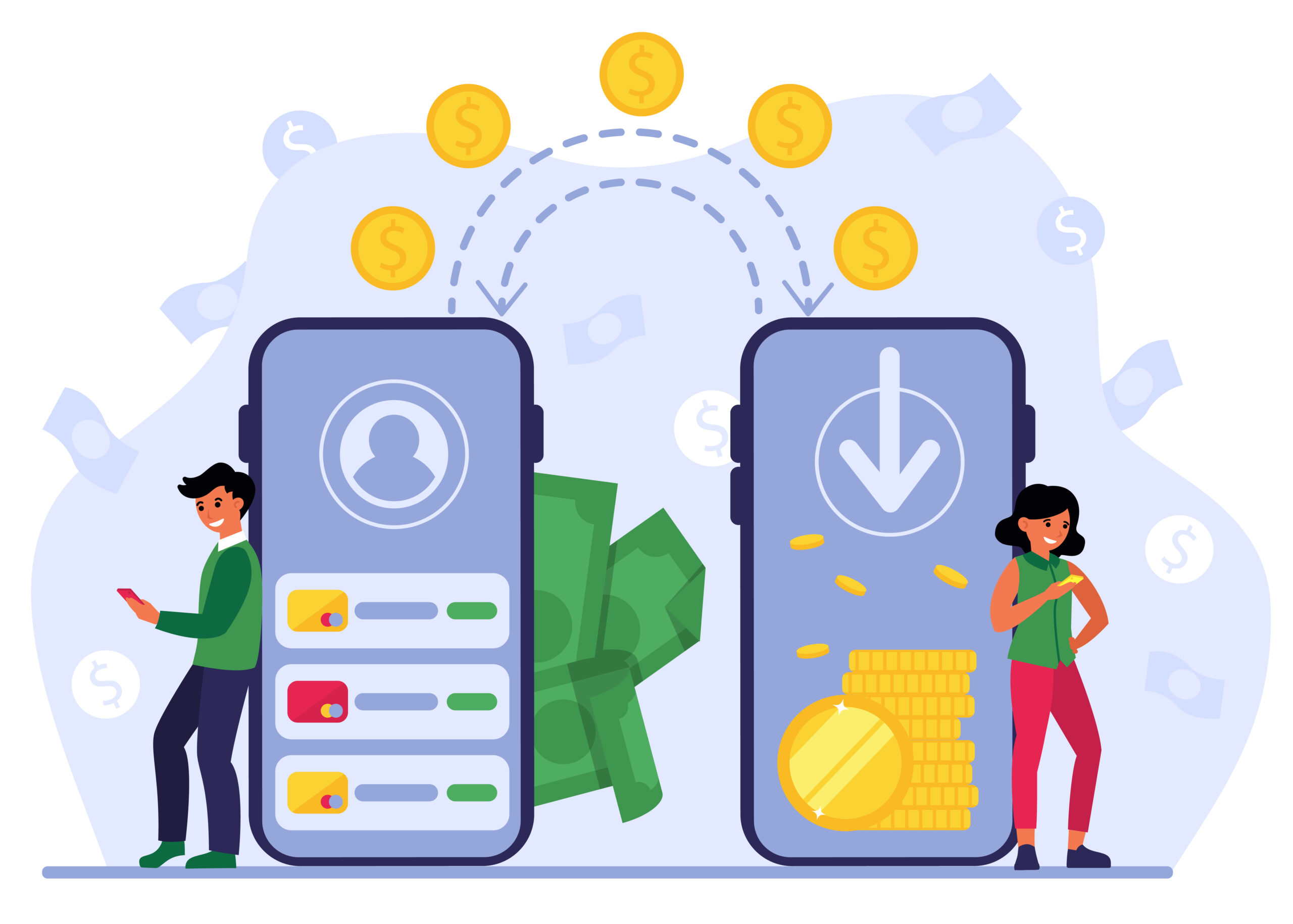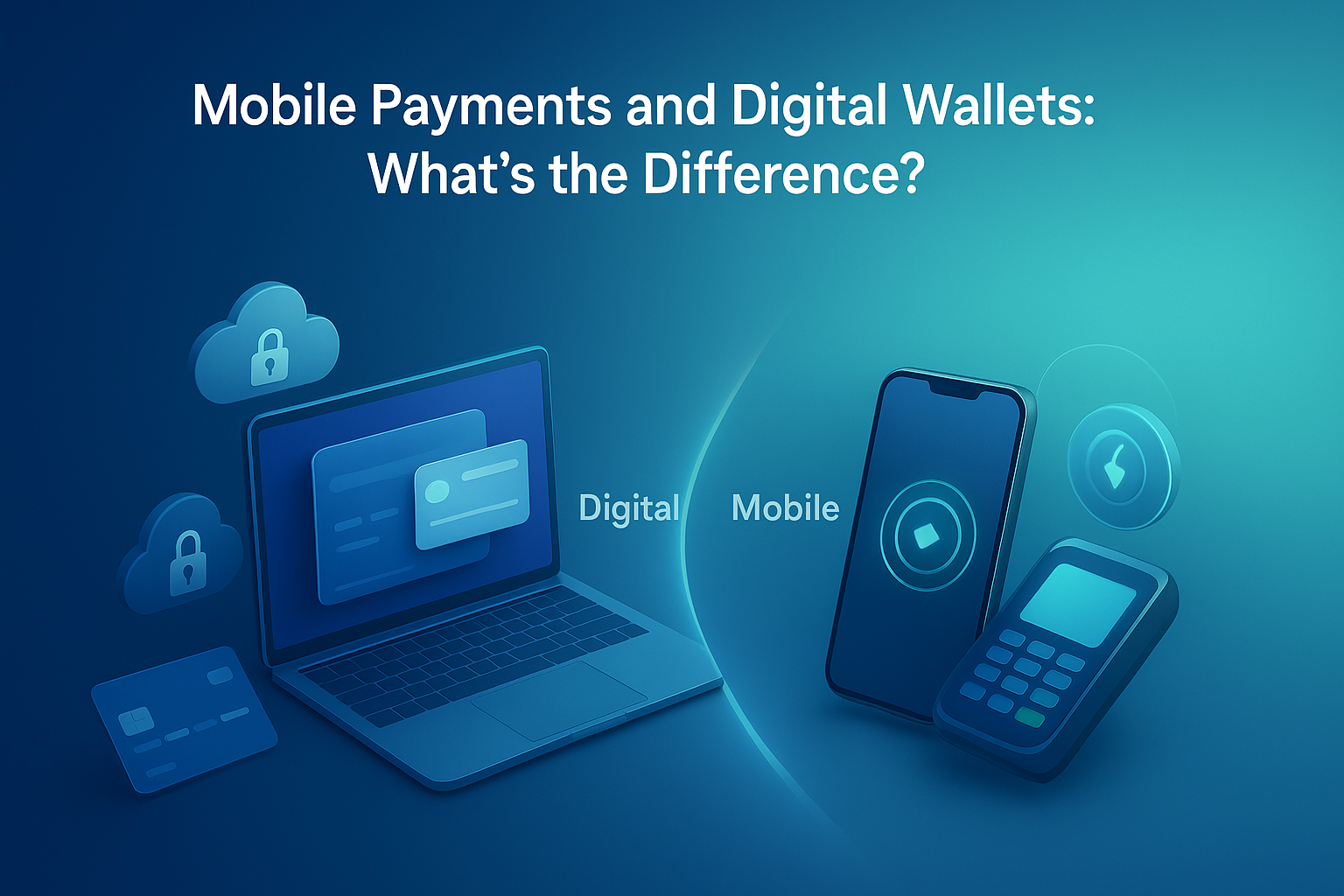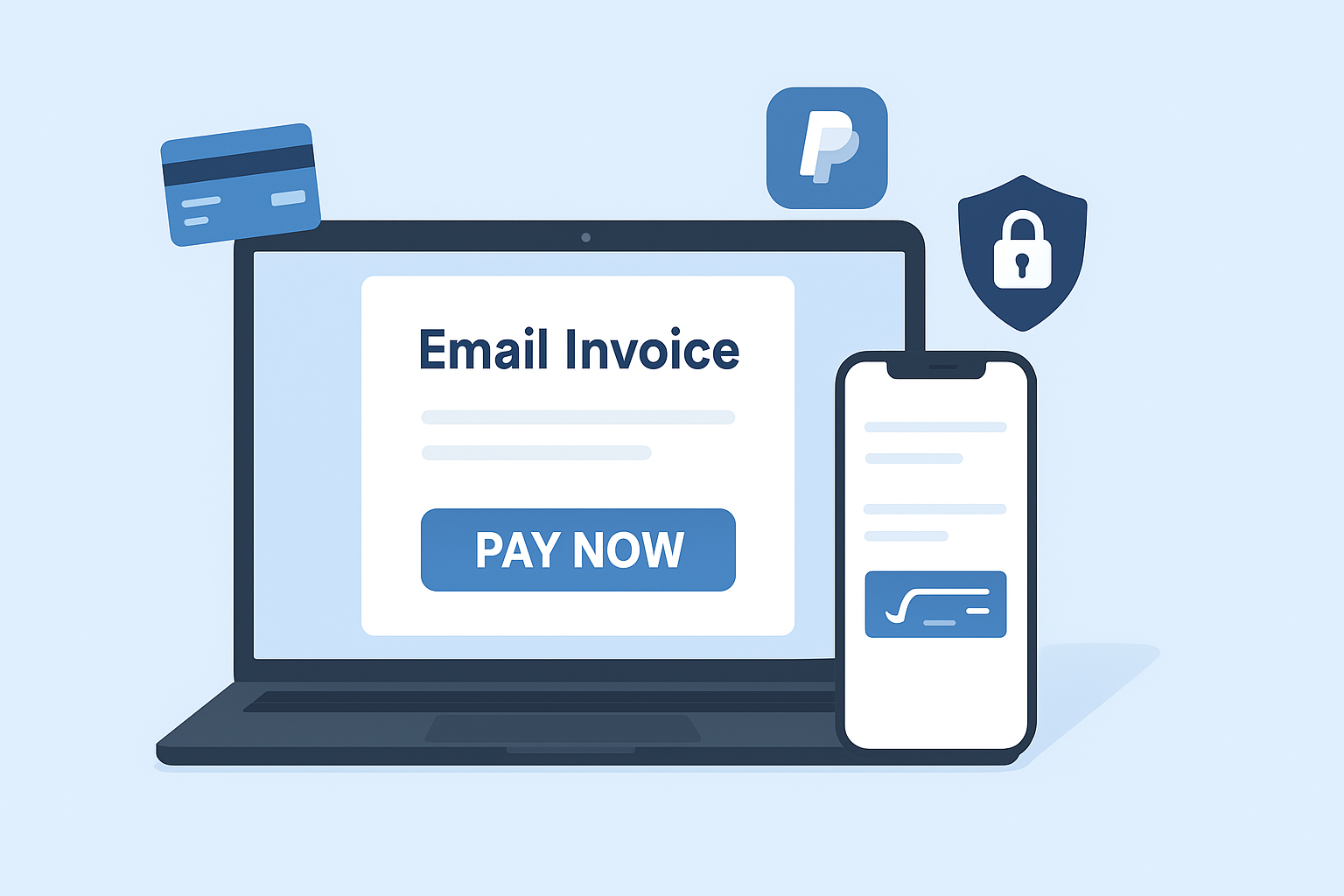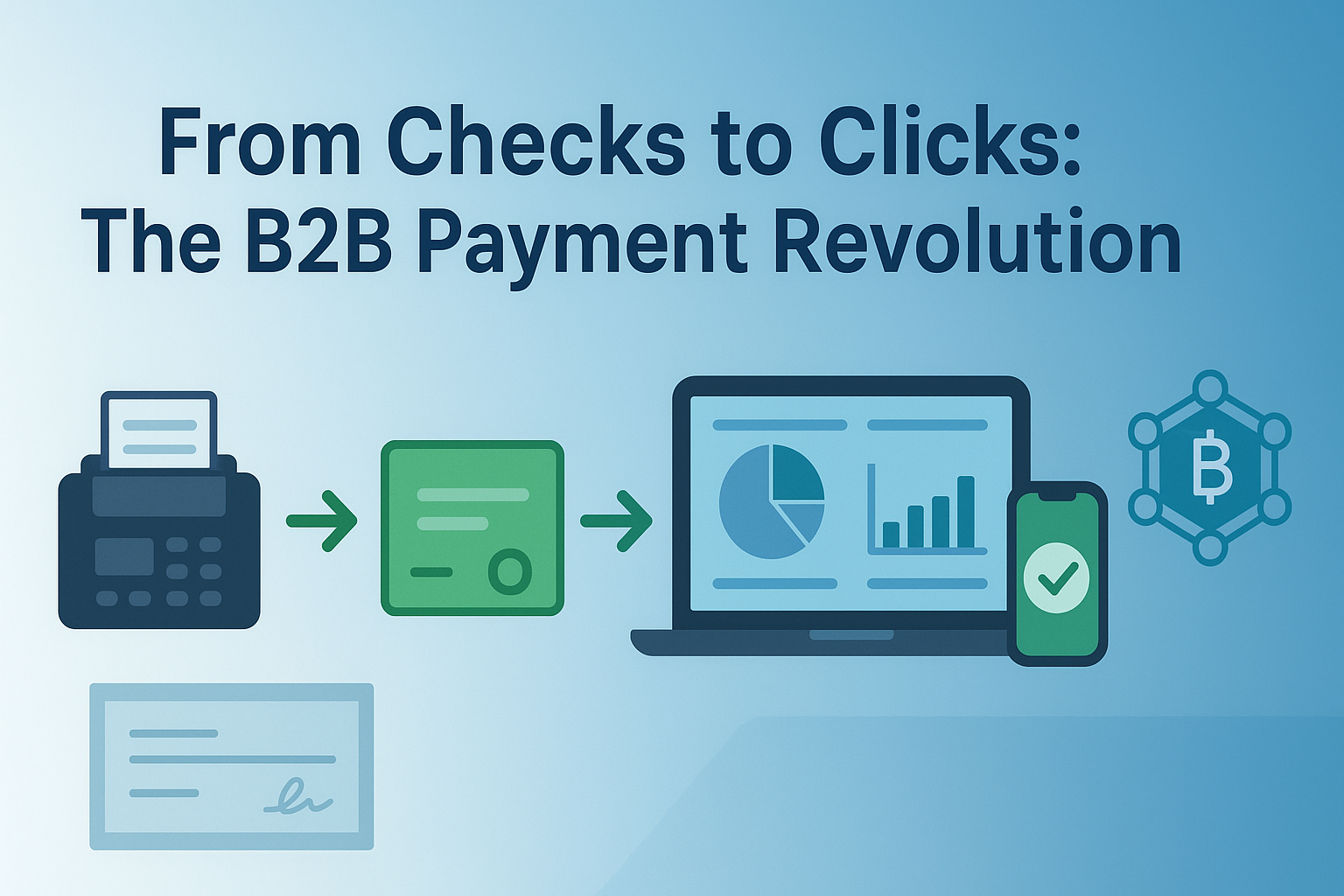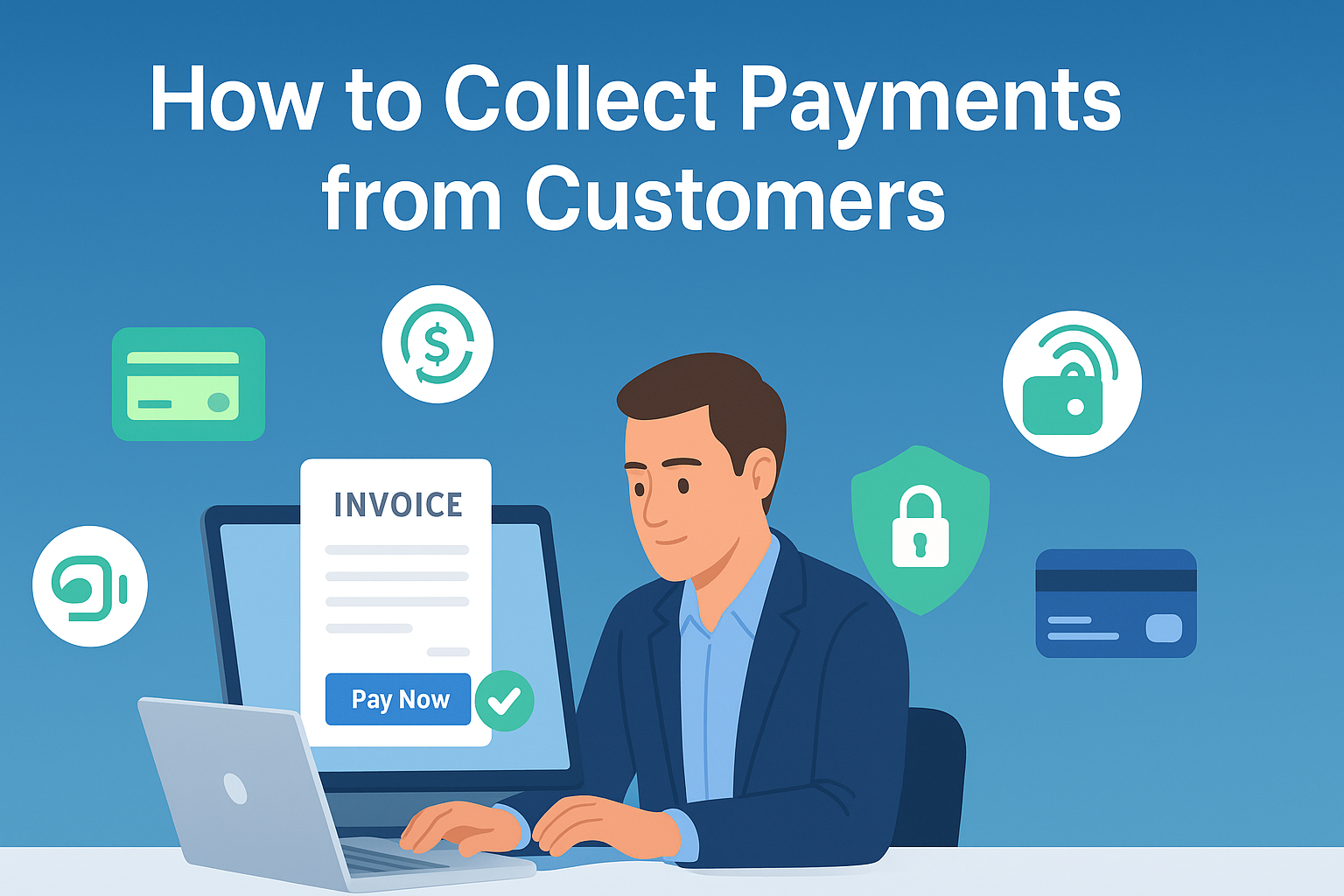Split payments occurs when a transaction is divided between multiple payment methods or shared between different individuals. This may include using two credit cards to complete shopping, partial payment with cash and partly with a card, or sharing the bill between friends at a restaurant.
Suppose you run an e-commerce business where different suppliers offer products. A customer buys products from three suppliers in the same order. Instead of receiving the full amount and manually distributing it later, split payment processing solutions allow you to divide the funds automatically at checkout.
In this guide, we want to dissect all those who need to know how to establish split payments, handle potential problems, and maintain secure payment processing solutions for their businesses.
How Are Split Payments Used in Business?
Split payments offer a seamless way to handle transactions involving multiple parties. Let’s take a closer look at how businesses use them:
Multiple Payers: When Customers Split the Bill
Sometimes, customers want to share the purchase costs. This is common in industries such as travel, hospitality, and group purchases. For example:
- A group of friends booked an Airbnb and wanted to split the payment between themselves.
- Two business partners have incorporated office supplies but need to share expenses.
- A family pays for online membership at the same time.
By integrating secure payment processing solutions, companies can provide a smooth experience where many users can contribute to payment for single transactions.
Many payments: Distribution of funds to suppliers and suppliers
Payment processing must be distributed to many recipients for platforms such as e-commerce marketplaces or gaming economy apps. Examples include:
- Marketplaces like Amazon, where different suppliers meet an order.
- Rideshare apps that distribute revenue to both drivers and platforms.
- Freelance job portals that pay independent contractors after cuts in the commission.
Multiple Payments: Splitting Across Accounts and Fees
Sometimes, a single transaction needs to be divided across multiple accounts:
- A business might need to send part of the payment to suppliers while retaining a commission.
- Subscription services often divide payments between different stakeholders, like content creators and hosting platforms.
- Retailers may route payments to logistics partners and warehouses for order fulfillment.
With secure payments, businesses can streamline these processes and ensure all parties receive their funds accurately.
How Do You Set Up Split Payments?
Split payments setups require more than splitting the cash. Companies need to secure payments, distribute funds correctly, and comply with regulations. Here’s how to do it:
Paying Out Third Parties (Sellers, Freelancers, or Service Providers)
The initial step is to establish an automated payment processing solutions that disburses payments in accordance with predetermined rules. Most firms utilize these transactions to securely process Stripe Connect, PayPal for Marketplace, or payment processors like Adyen.
For instance, if you’re operating an online market:
- The buyer pays the entire amount at checkout.
- Your system splits the payment between suppliers and deducts platform charges automatically.
- Money is kept in direct accounts for suppliers.
Setting Payout Timing
Businesses must decide when to release payments. Some common options include:
Instant payouts: Funds are released immediately after a transaction.
Scheduled payouts: Payments are sent on specific days (e.g., weekly or monthly).
Escrow-based payouts: Payments are held until services are completed (common in freelancing and rental platforms).
Deducting Commissions
If your platform takes a commission, you need a way to cut it automatically. The safe payment system reduces the platform fees before distributing the balance to suppliers.
For example, if a gaming economics app takes a 10% commission:
- The customer pays $ 100 for a service.
- The platform cuts $ 10 as a commission.
- The remaining $ 90 is sent to the service provider.
Managing Refunds
Handling refunds in split payments can be tricky. Businesses need clear refund policies and automated systems that return funds appropriately. Options include:
- Full refunds to customers, with deducted amounts retrieved from multiple payees.
- Partial refunds, where only a portion of the transaction is reversed.
- Store credit or wallet-based refunds to avoid cash flow issues.
A robust payment security system ensures that refunds are handled fairly while protecting all parties involved.
What Are the Challenges of Working with Split Payments?
While split payments provide numerous benefits, they also come with unique challenges. Here’s what businesses need to watch out for:
Compliance Requirements
Different countries have varying regulations regarding payment splitting, taxation, and anti-money laundering (AML) laws. To stay compliant:
- Use secure payment processing solutions that adhere to financial regulations.
- Implement Know Your Customer (KYC) and Know Your Business (KYB) checks.
- Maintain proper tax documentation for vendors receiving payments.
Transaction Fees
Every payment processor charges fees, and when payments are split, those fees can add up. Businesses must:
- Choose payment processing solutions with competitive rates.
- Consider passing small fees onto vendors or customers.
- Optimize transaction batching to reduce costs.
Timing Mismatches
Some platforms process customer payments instantly but delay payouts to vendors. This can lead to cash flow problems. To prevent this:
- Set clear payout schedules.
- Use automated payment processing solutions tools to manage delays.
- Notify vendors about processing times to avoid confusion.
Refunds and Disputes
Disputes become complex when multiple payees are involved. What happens when a customer wants a refund but part of the money has already been distributed? Solutions include:
- Holding funds in escrow until services are confirmed.
- Implementing clear refund policies before payout.
- Using secure payment systems that allow partial refunds without disrupting other transactions.
Technology Issues
Split payments require spontaneous payment processing, and any system error can interfere with operations. Companies need:
- Use reliable, safe payment processing solutions with strong uptime.
- Test the payment system regularly to identify potential glitches.
- Provide alternative payment methods in case of technical errors.
Customer confusion
If customers do not understand how Split payments work, they can leave the transaction. To improve the user experience:
- Clearly explain how payment is divided into the cash register.
- Provide transparent invoices with detailed payment distribution.
- Provide customer support to address questions related to payment.
Conclusions
Using split payments can improve efficiency, improve cash flow management, and provide a better customer and seller experience. However, companies should use secure payment processing solutions that follow the rules, reduce transaction fees and effectively handle reimbursement.
By investing in a reliable, secure payment system, businesses can confidently manage payment processing while ensuring a smooth experience for all stakeholders.

